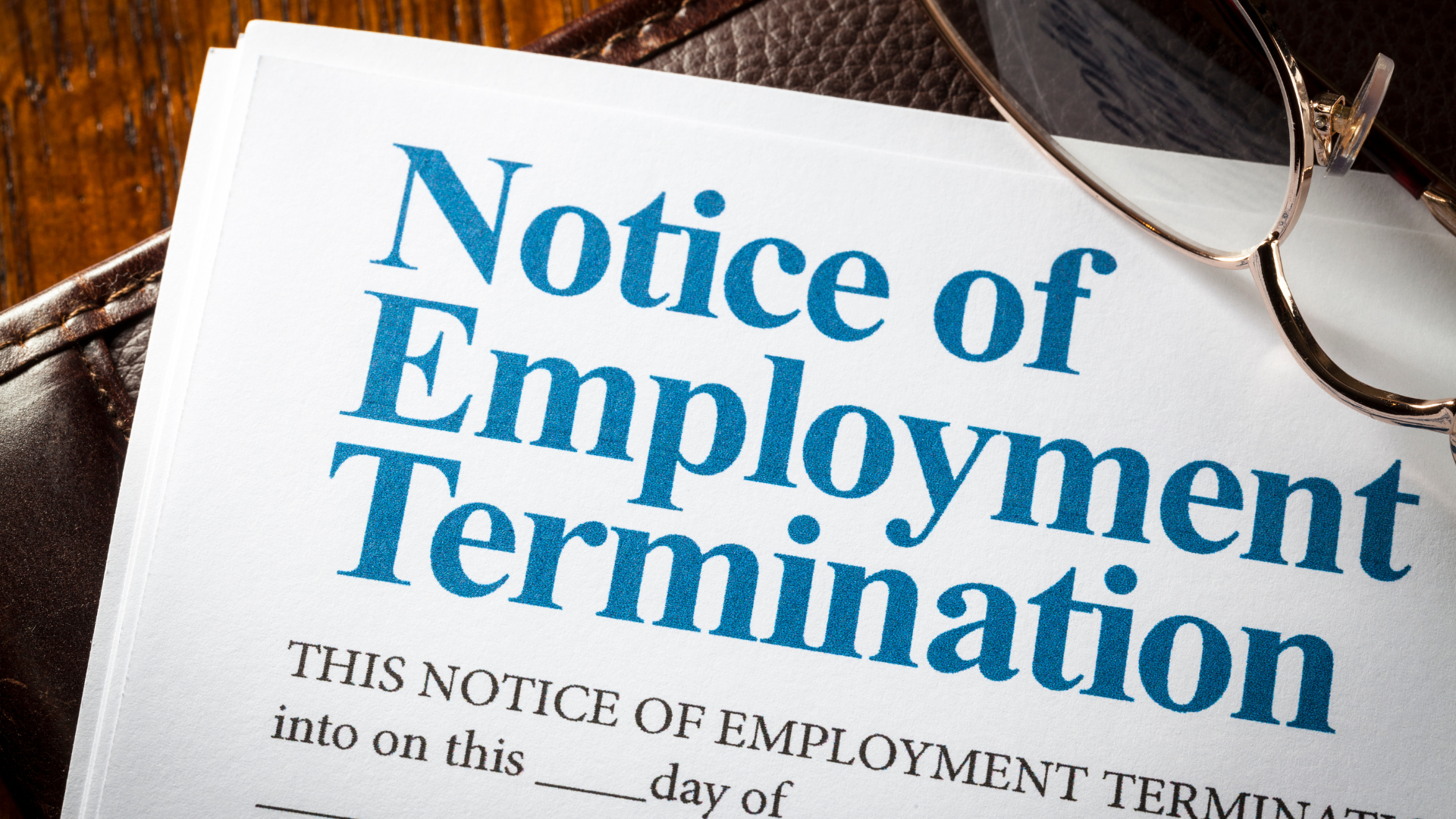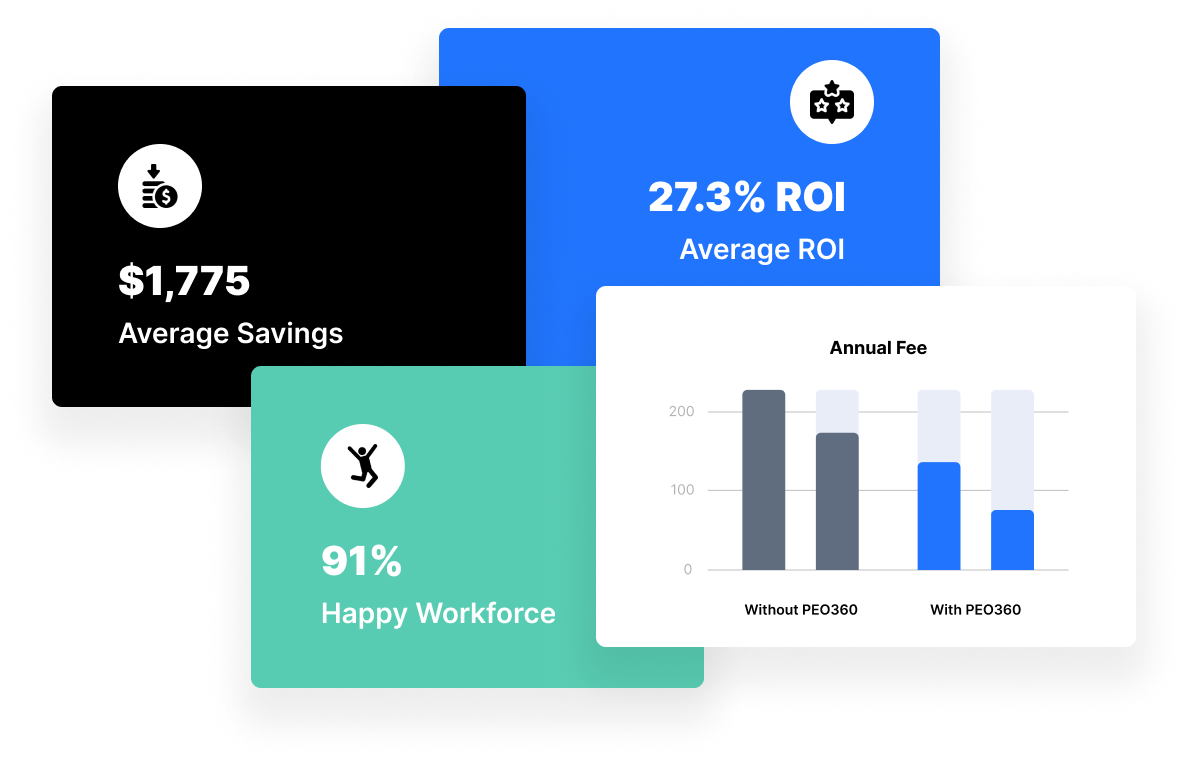Employee terminations have always required tact and preparation, but in today’s remote-first world, the process comes with added layers of complexity. From time zones and technology to multi-state compliance and logistics, handling remote terminations requires thoughtful planning, clear communication, and legal know-how.
In this guide, we’ll walk through best practices for remote terminations that help protect your business while treating employees with dignity and care.
1. Plan Ahead for a Smooth Termination Process
Preparation is critical. Before initiating a remote termination, make sure you have everything you need on hand:
- Final pay details, aligned with the employee’s state laws
- COBRA or benefits continuation information
- A written termination letter (plus severance agreement if applicable)
- A checklist of company property to be returned
- A coordinated plan to shut off IT access
Also, think strategically about timing. Midweek terminations are typically better than Fridays. Always schedule the meeting same-day to reduce stress and avoid speculation. Ensure your video conferencing platform works flawlessly, and confirm the employee is in a private, appropriate setting.
2. Understand State and Federal Legal Requirements
When terminating remote employees, compliance isn’t optional, and it gets more complex when workers are spread across multiple states:
- Final paycheck laws vary: Some states require immediate payment, while others allow a short window.
- Vacation payout and deductions: Rules differ on whether unused PTO must be paid or deductions can be made for unreturned property.
- Severance agreements: Enforceability may depend on jurisdiction—consult legal counsel before issuing.
- WARN Act compliance: For larger layoffs, both federal and state-level (mini-WARN) laws may apply—remote workers count toward thresholds.
- Anti-discrimination considerations: Always evaluate whether the decision could be perceived as biased against a protected class.
When in doubt, involve your legal or HR advisor early in the process.
3. Communicate with Clarity and Compassion
Humanity matters. Always conduct terminations over video—never via email or chat. The conversation should be:
- Private and respectful
- Short and focused, but empathetic
- Attended by just the manager and HR (let the employee know who’s present)
- Delivered with clarity, avoiding corporate jargon or over-explaining
If the termination is part of a layoff or restructuring, clarify that it’s not performance-related. People remember how you make them feel—especially in difficult moments.
4. Support the Employee Post-Termination
Even when employment ends, you can still support the individual by:
- Sharing resources like unemployment info, EAP contacts, and benefit continuation options
- Providing a clear timeline for final wages and severance
- Offering outplacement support where appropriate
- Emailing all documentation (termination letter, agreements) immediately after the meeting and confirming receipt before the call ends
This respectful approach protects your employer brand and reflects a culture of care.
5. Secure Company Property and Data
With no in-person exit, retrieving equipment becomes a logistical task:
- Send prepaid return boxes with clear packaging instructions
- Revoke IT access immediately after the meeting
- If work was done on personal devices, offer instructions to securely remove company data
- Be cautious about deducting pay for unreturned equipment—most states require written employee consent
Avoid payroll mishaps and legal trouble by reviewing applicable laws before making deductions.
6. Communicate Internally—The Right Way
Don’t let news travel through the rumor mill. Notify the impacted employee’s team on the same day, and:
- Keep the message factual and brief
- Respect the former employee’s privacy
- Clarify who is stepping in, and what (if any) structural changes are coming
Proactive, clear internal communication helps preserve morale and reduce anxiety among remaining employees.
Terminations Leave a Lasting Impression
How you handle a termination, especially remotely, can impact your company’s reputation, employee morale, and even your legal risk. By following these best practices, you can navigate remote terminations with empathy and professionalism.
Need Help Navigating Remote Terminations?
At PEO 360, we help growing businesses manage complex HR challenges, including termination best practices, compliance guidance, and the right HR tech stack to support a distributed workforce. We’re here to help.
Schedule a Strategy Call





